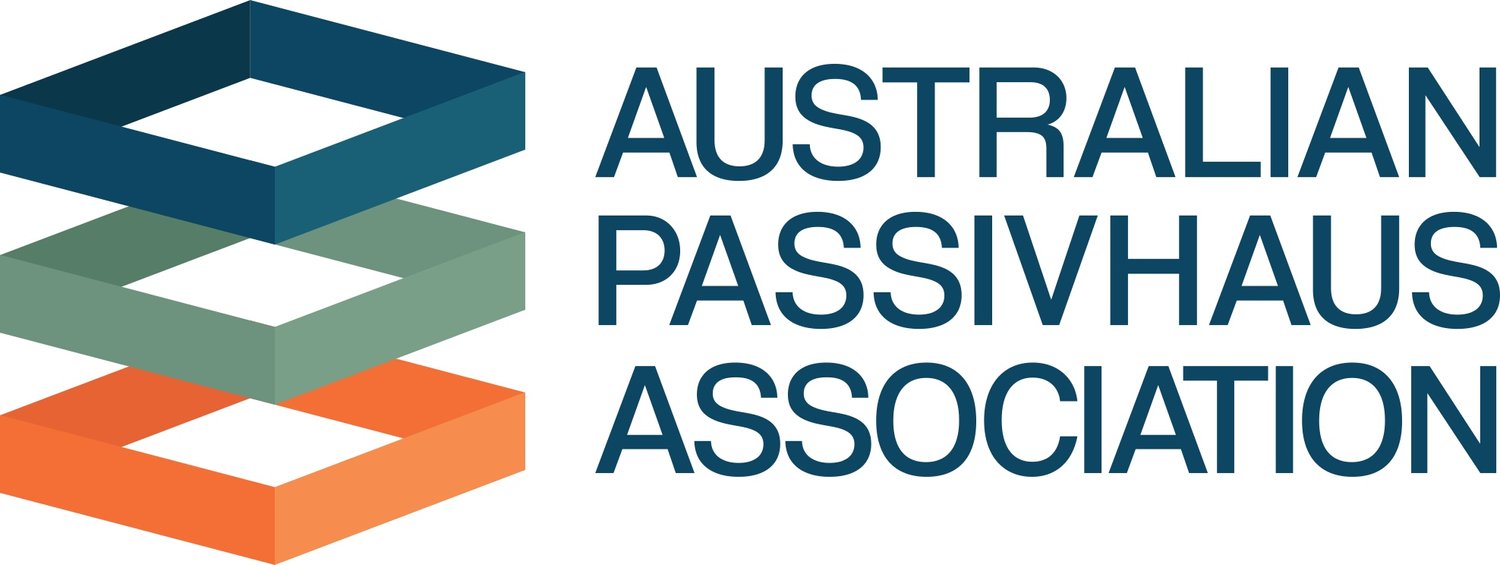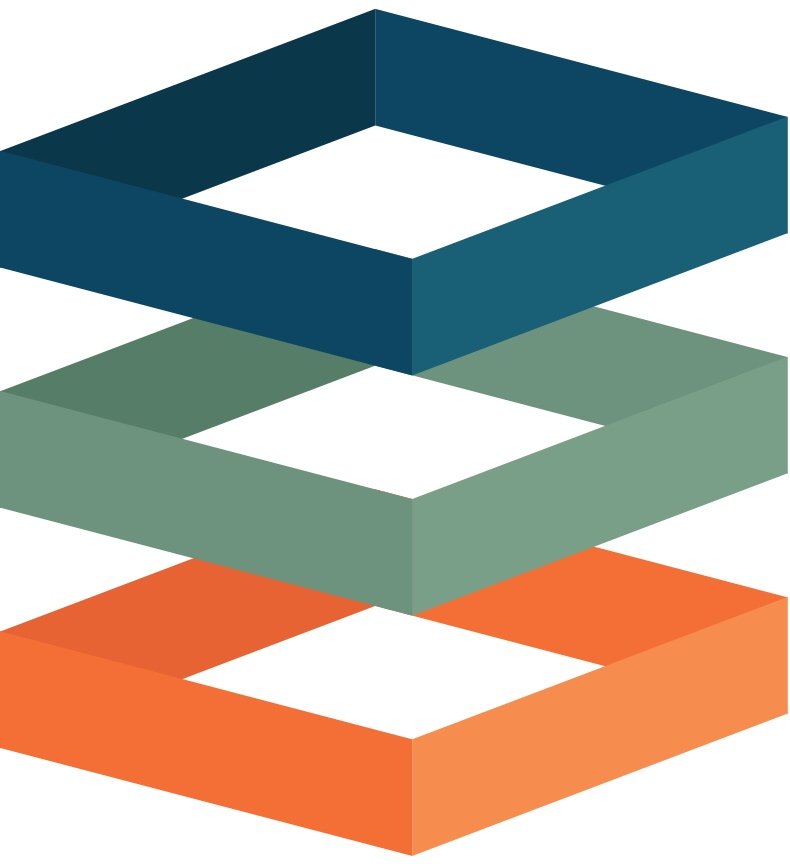Meet Australia’s Fourth Passivhaus Certifier - Emilia Iacovino
Pictured: Emilia Iacovino
Today, we turn the spotlight on Emilia Iacovino, who recently became Australia's fourth Passivhaus Building Certifier.
A background in electrical engineering and a passion for energy efficiency led to Emilia working for a sustainable design consulting firm in Melbourne — and the Passivhaus spark was born.
These days, she’s supporting designers through Passivhaus certification, improving the comfort, health, and sustainability of Australian buildings.
The road to passivhaus certification
Emilia's career began with a bachelor's degree in electrical engineering, specialising in high-voltage power and control theory.
As time went on, she discovered a passion for energy efficiency, leading to a career in energy audits.
But she noticed that many of the energy efficiency actions she recommended were ignored.
What I saw time and time again during auditing, is that all the energy efficiency actions were ignored and the only action taken was adding solar panels on the roof because of visibility and government incentives. My issue is, if you truly intend to get to net zero, you can’t do it just by adding renewable energy to buildings, you actually have to reduce energy use,” said Emilia.
Emilia then encountered Detail Green, a sustainable design consulting firm led by Luc Plowman, one of Australia's first Passivhaus Building Certifiers. It was through Luc that Emilia was introduced to the concept of Passivhaus and she quickly realised how beneficial it could be for Australian buildings.
One major benefit of Passivhaus buildings, that isn’t really talked about, is how it reduces both the morning peak for heating loads and the afternoon peak for cooling loads. This makes it easier to stabilise the power grid as you don’t have to turn generators on and off to compensate for the load fluctuation.
She found the holistic nature of Passivhaus certification more appealing than the energy audits she was used to as it addresses the root causes of poor energy efficiency while still prioritising occupant comfort.
What I loved reading about was the energy-efficiency-first approach of Passivhaus along with the comfort factor of passive buildings because I really hate being cold.
This was a stark contrast to the energy audits she was used to that overlooked crucial liveability factors such as ventilation, moisture and how temperature affects comfort.
But she was hesitant to start the certification process as her background wasn’t in design or architecture. She soon realised that her experience with energy audits was excellent preparation for Passivhaus.
The auditing side and building certification of Passivhaus are quite similar since you’re reviewing data and other peoples’ work to help them find solutions. So as soon as I read about Passivhaus Building Certification, I knew I wanted to be a certifier.
But first, she had to complete the Passivhaus Design course. Coming from an engineering background, Emilia was worried about the drawing and design aspects of the course. But at the same time, design-focused students were nervous about the math side.
Fortunately, Emilia was already part of Detail Green, enabling her to gain valuable Passivhaus design experience working alongside Luc. This experience was instrumental in helping her secure a fellowship for the certifier course through the International Specialized Skills Institute.
Without the fellowship, Emilia may have never committed to enrolling in the certification due to the cost of overseas travel as the intake was held in Ireland.
Emilia’s certification experience
Emilia opted for a hybrid learning experience which took her to Enniskillen, Ireland for the first two days of the course.
She completed the hybrid curriculum over three months (remote learners take four months) which comprised two full days of in-person training followed by two-and-a-half-hour weekly online sessions. However, there were also some pre- and post-session exercises to complete.
The training took place at the world’s first Passivhaus premium education facility. This facility exemplified the principles of Passivhaus, generating three times the electricity it consumed while still incorporating an aesthetic design.
It was a fantastic opportunity. I got to meet other designers who were becoming certifiers from all over the world and expand my network. Everyone was excited to be there and there was a fantastic positive vibe.
While the rest of her certification would be completed remotely back in Australia, she found the opportunity to connect with Passivhaus professionals from around the world invaluable.
It made me feel like I was taking the online modules with friends rather than random acquaintances.
The certification course primarily followed the tabs on the Passivhaus Planning Package (PHPP) system — a comprehensive spreadsheet where certifiers enter building details during the certification process.
In particular, the curriculum emphasised how to effectively review building information, specific aspects to focus on and the reasoning behind the PHPP’s mechanics.
Overall, the certification course equipped Emilia with essential skills, including the confidence to thoroughly review designers' work.
What it’s like being a Passivhaus Certifier
As a certifier, Emilia's role is to carefully examine evidence and supporting documents related to the design and construction of passive buildings.
She cross-checks construction drawings to ensure that the specified insulation and materials align with Passivhaus standards. Builders must also provide evidence, such as photos or receipts, so Emilia can verify that these materials were installed.
The Passivhaus certification process commences just after concept design and continues right through to post-construction — sometimes even long after completion.
For this reason, Emilia highlights the importance of collecting building documentation throughout the construction phase.
Sometimes there’s one missing document that takes a while to receive or the architects and builders have moved on to the next project so they have to find time to circle back. So if you’re intending to certify the building, you want to collect the information as you go so that you have all the documentation ready.
To Emilia, being a Passivhaus Building Certifier is not simply about pointing out mistakes or shortcomings in a building project. Although she must act as a neutral party to Passivhaus Designers, she thinks of certification as a peer review process through which she helps them create high-quality compliant passive homes.
I don’t want people spending all this money on passive buildings only to have them not meet Passivhaus standards.
And although she’s halfway across the world from Passivhaus HQ, there’s still a strong support network for new certifiers.
Not only does Emilia get direct support from the Passivhaus Institute for three certification projects of her choice, but she can also turn to online communities. Australia and New Zealand have their own Certifiers’ Circle, where the eight Passivhaus Certifiers in the region meet to discuss all things Passivhaus.
There’s also a forum where certifiers worldwide can ask and answer questions.
Overall, Emilia's journey as a Passivhaus Certifier marks the beginning of a thrilling chapter in her career.
Everyone working in the Passivhaus field wants to be there so they’re all supportive and encouraging.
In particular, she’s most excited about the growing demand for retrofit passive homes in Australia as these are vital in our joint push to net zero.


